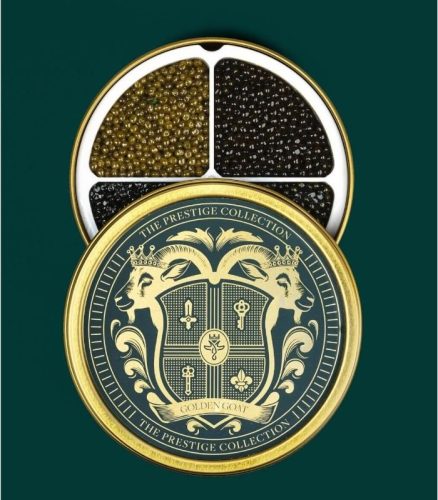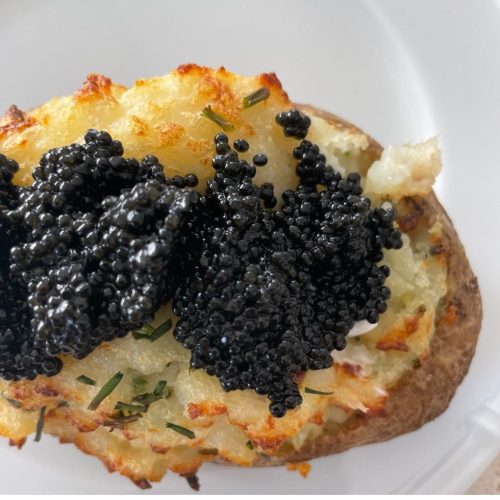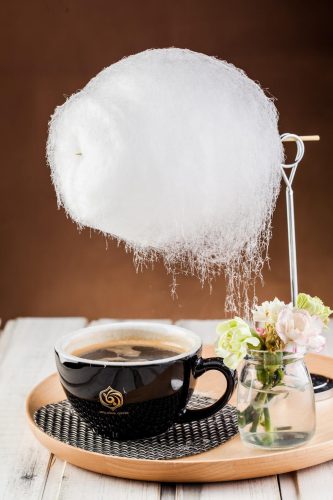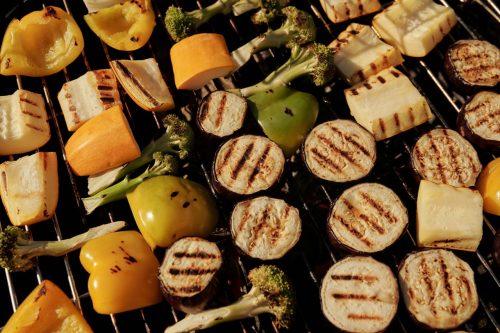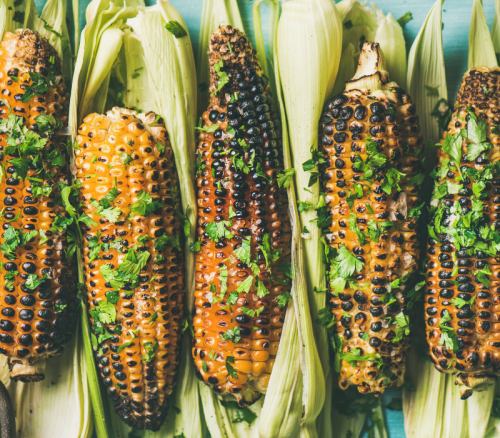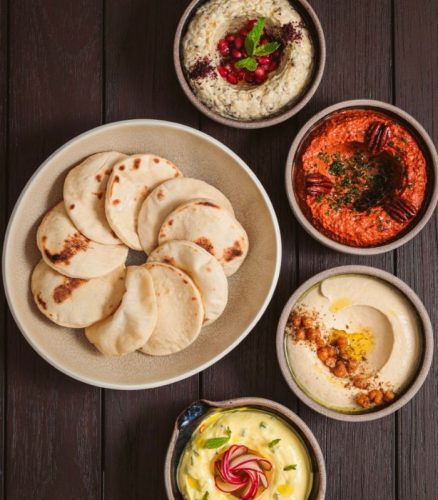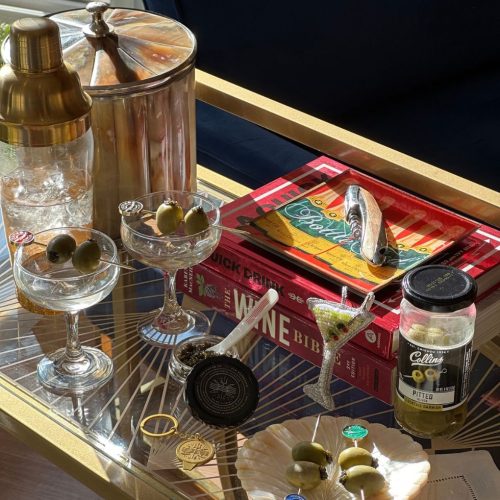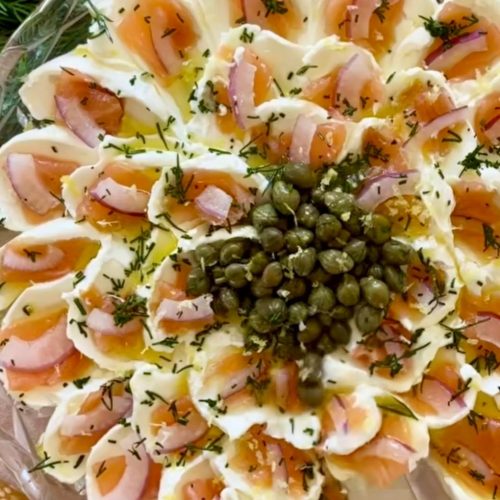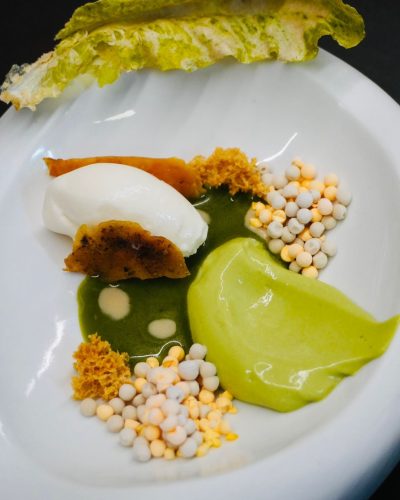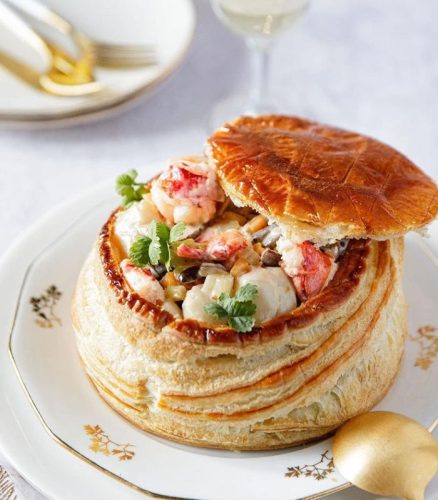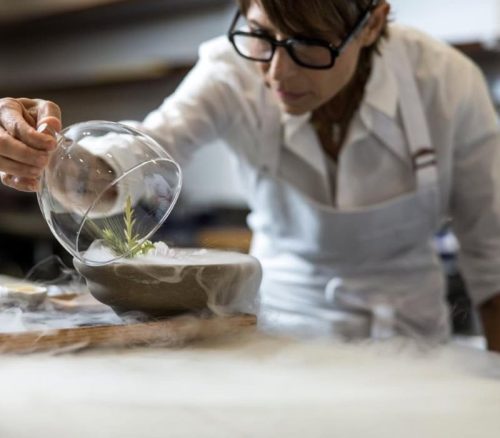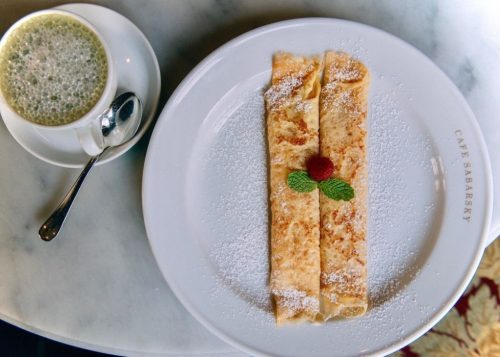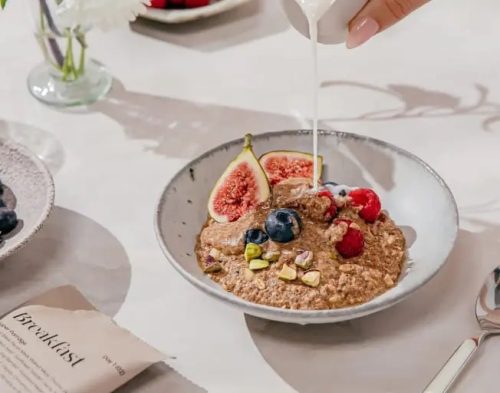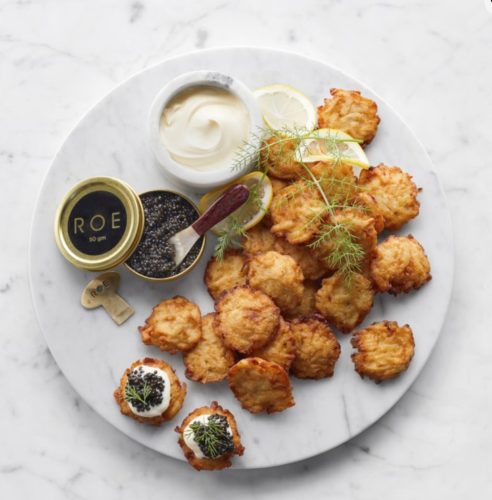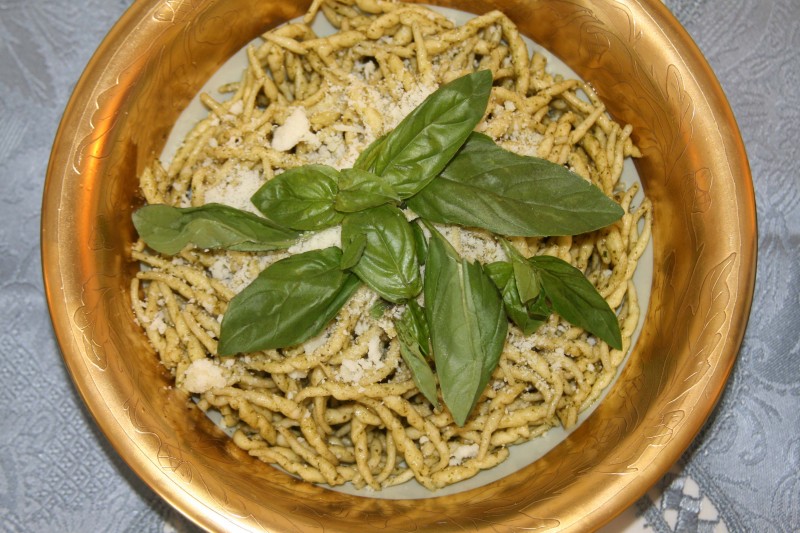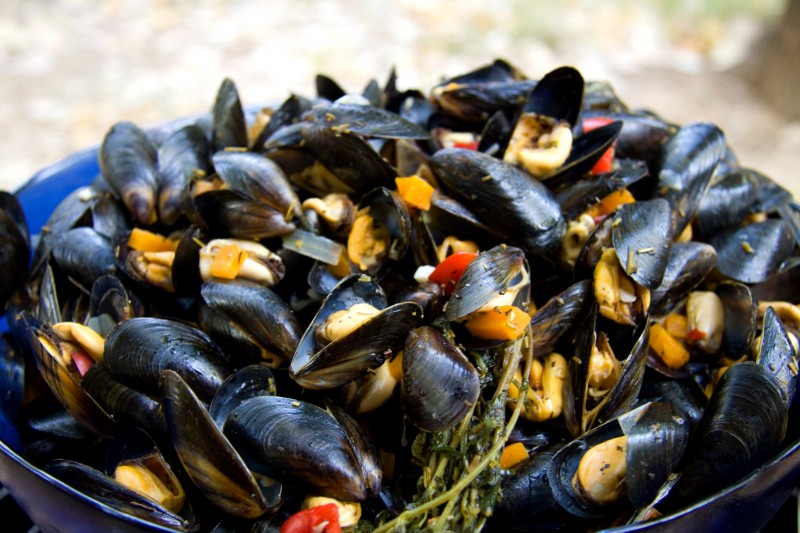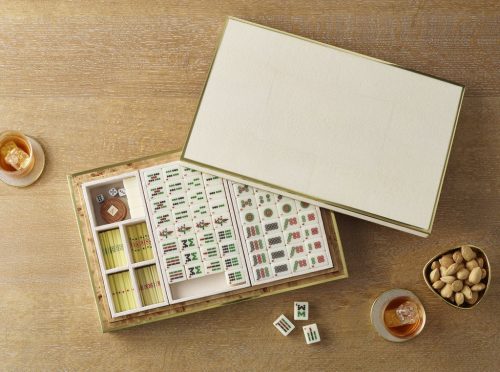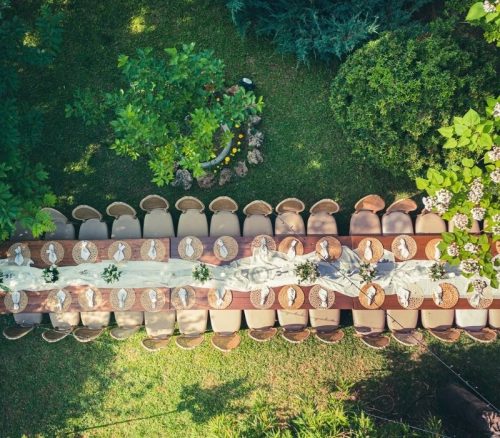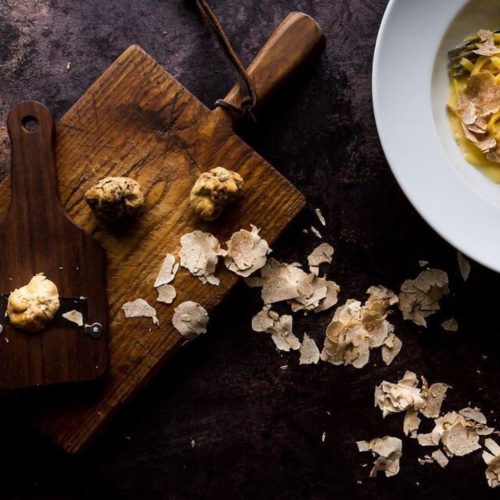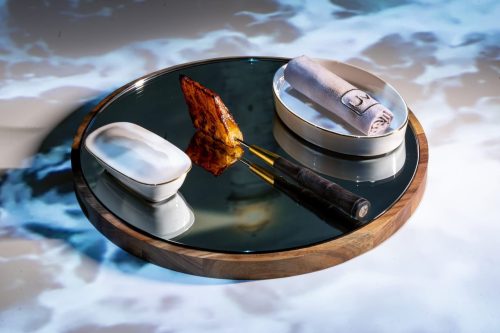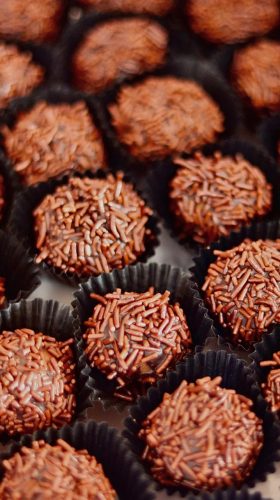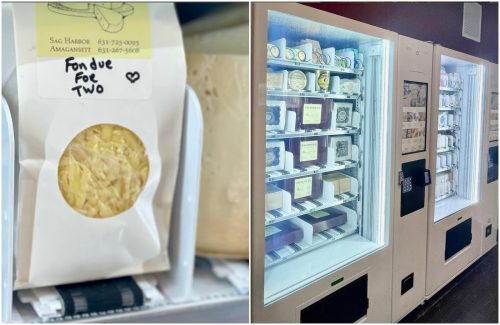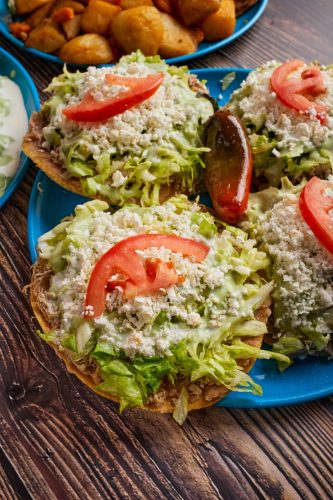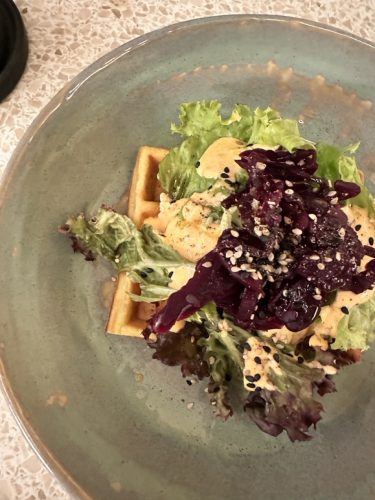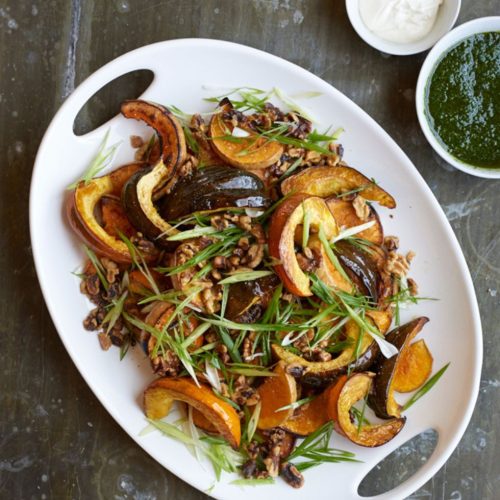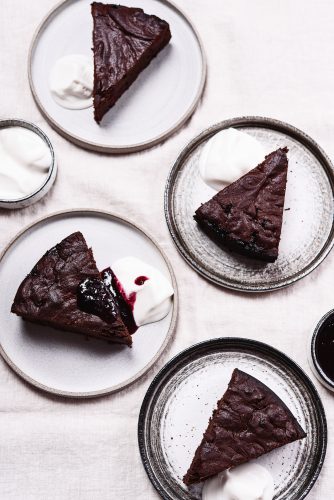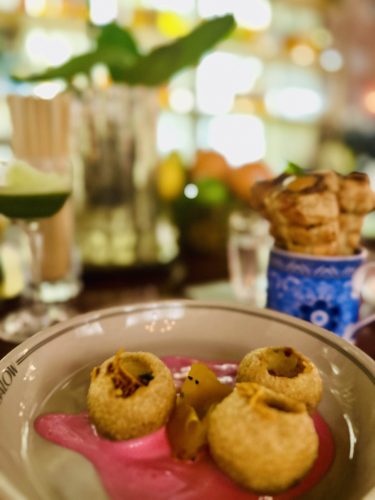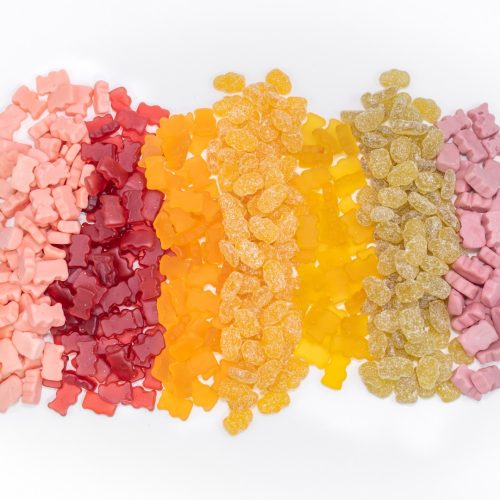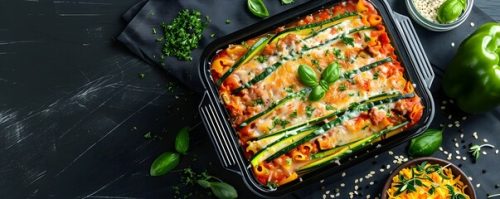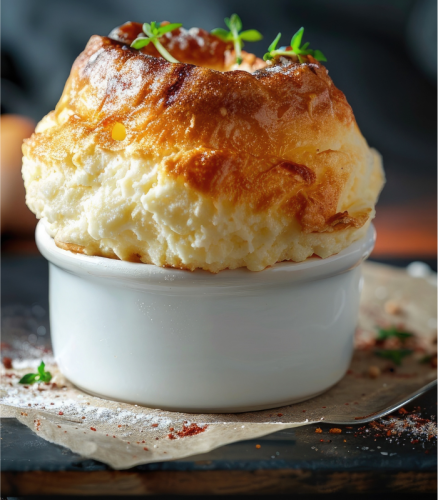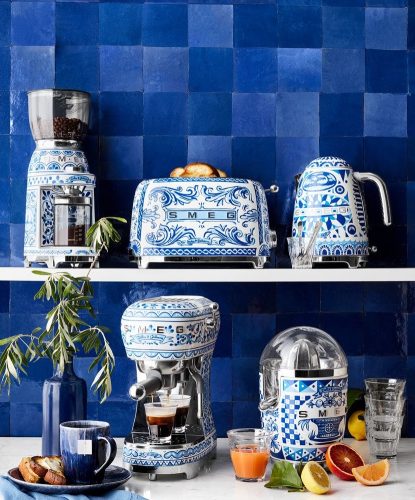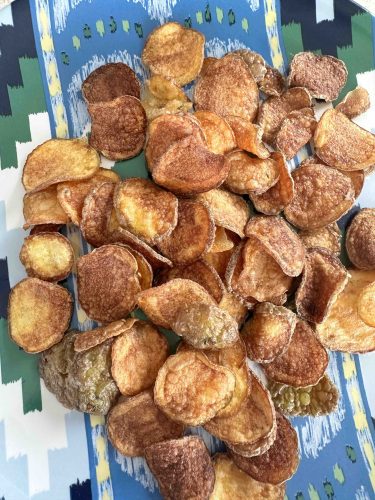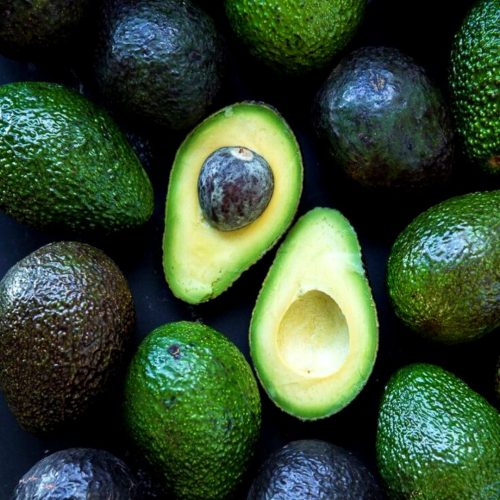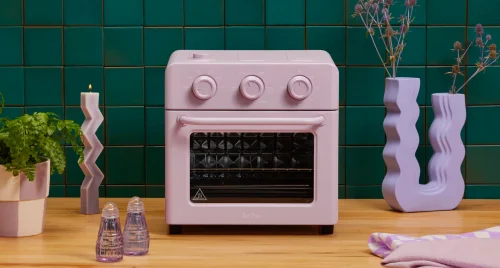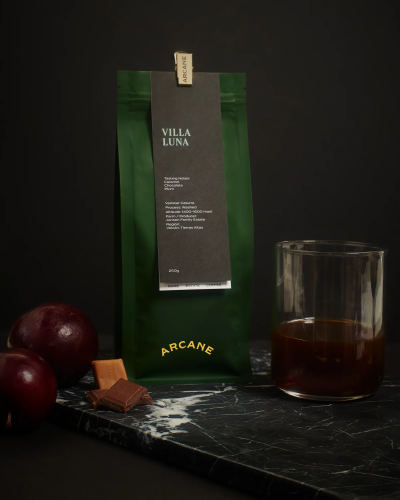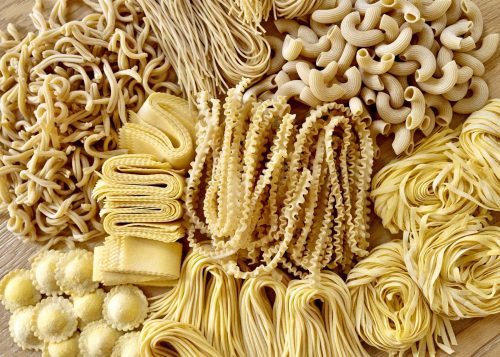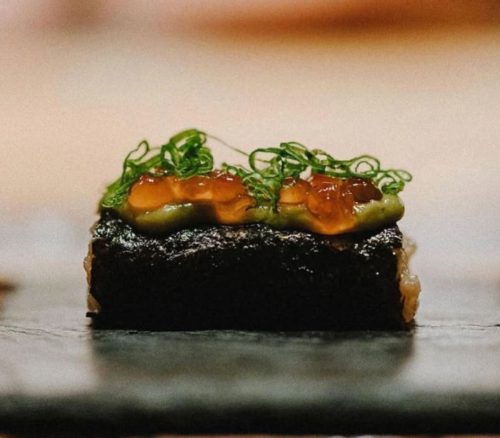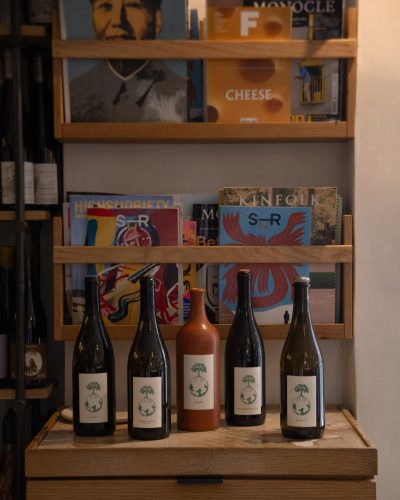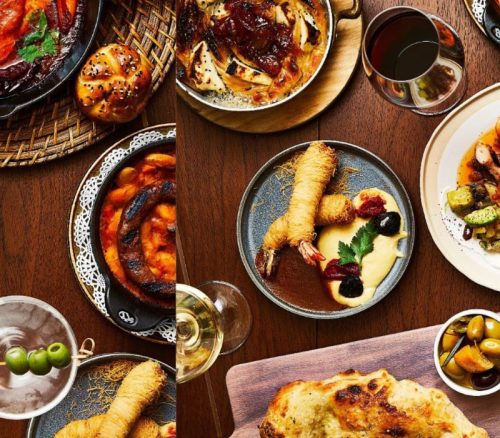Pesto is the culinary crown jewel of Liguria and Portofino has some of the best. Yes, there are countless dishes throughout Italy that are definite must-haves, but Ligurian pesto is at the top of the list. Our version honors tradition—we have found that in the case of pesto, using just a few top-quality ingredients is crucial to achieving a delicate balance of flavor and texture. Trofie is a pasta unique to the region and showcases the pesto flawlessly.
Yield: 4 servings
*To make the pesto: If using a mortar and pestle, add basil, pine nuts, and garlic to mortar. Crush ingredients with pestle until it resembles a coarse paste. Gradually add oil and mix. Add cheese and cover with saran wrap.
If using a food processor or blender, add basil, pine nuts, and garlic to bowl. Pulse ingredients and gradually add oil until combined. Scrape mixture into bowl, add cheese, and wrap with saran.
Place all-purpose flour and salt into a mound on your workstation. Make a well in the middle with your hands, and pour water into well. Gradually combine the wet and dry ingredients until a rough dough has formed. Knead dough until it is soft, smooth, and not too sticky. If you’re the dough is sticking to your hands, rinse them off and dust them with flour before kneading again. Add a little bit of additional flour, if necessary, and knead dough for an additional 6 to 7 minutes.
Form the dough into a thick disk, dust with flour, wrap with saran, and refrigerate for at least 1 hour.
Unwrap dough, and remove a small piece about the size of a pea. Using your pointer finger and starting at the heal of your opposite hand, roll the dough forcefully across your palm. Drop trofie onto cookie sheet dusted with semolina flour. Repeat process with rest of dough and as trofie accumulate, sprinkle additional semolina flour on top.
Bring a large pot with 6 quarts of water to a boil. Salt the water and add trofie when water comes back to a full boil. When trofie float to surface, drain pasta, reserving 1 cup of cooking liquid, and add trofie to a large bowl. Add several spoonfuls of pesto, a bit of cooking water, and mix well. Taste and adjust as needed, adding additional pesto or liquid to bowl. Season with salt and serve warm or at room temperature.
*There are two techniques for making pesto: the traditional method used in Liguria, which is to grind the ingredients by hand using a mortar and pestle, or the easier approach, which is to zap the ingredients in a food processor or blender. Grinding the ingredients by hand takes a good deal more time and effort, but pesto purists swear the taste is much better.

